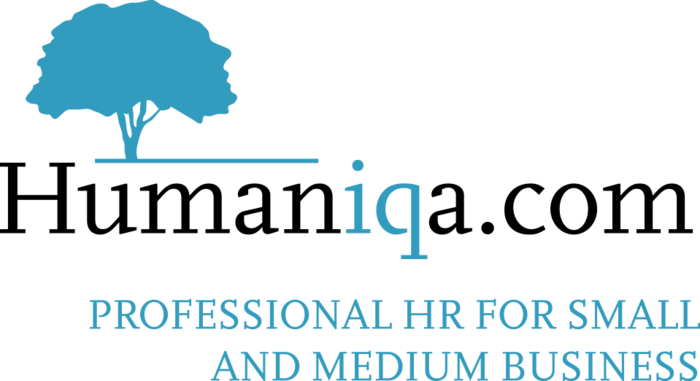Humaniqa HR Blog
Onboarding New Employees May 08 2015
Why an Employee Orientation Program should be the first step in an organization’s larger scale Onboarding Process.
Though no legislation exists requiring employers to implement an orientation or onboarding program, it is in every organization’s best interest to do so.
An efficient employee orientation program is the ideal way to welcome a new employee to an organization. It consists of a short one-time event that will usually last between an afternoon and a day.
Employers should take this opportunity to have their employees fill out important paperwork such as the signing and dating of their offer letter, filling out a new employee information sheet, and completing a group benefits enrolment form, if applicable, etc. A comprehensive list of the forms to be filled is included in our Orientation Checklist form under our forms section. The orientation program should also include reviewing the health and safety responsibilities of the employees, general safety rules, a fire or emergency response plan and other health and safety related items also outlined in our orientation checklist.
It is also important for the new hire’s supervisor to be involved in the process and to take the time to review the employee’s job description with the employee as well as all other important organizational policies and procedures. Training objectives and job expectations should also be discussed with the employee. An employee who knows exactly what is expected of them is likely to have fewer oversights and is better set up for success.
The orientation program can be conducted online, in a group setting or in a one-on-one face-to-face orientation. Employers are also recommended to provide new hires with Employee Handbooks, which outlines important information, such as the organization’s mission and values, as well as the company dress code. Don’t have an up-to-date handbook? Visit our Resource Centre to use our unique handbook tool and create one in a matter of minutes!
Existing staff should be made aware that they are expected to make new employees feel welcomed. To facilitate the process, an email announcing the arrival of the new employee should be sent out to staff. Additionally, the employee should be provided with an organizational chart of the organization, and introduced to their new colleagues.
A well-organized orientation program can reduce employee anxiety. Naturally, if an employee experiences less stress they are more likely to achieve a higher level of performance sooner.
It is important to make the distinction between the orientation process and the onboarding process. The orientation process is about introducing the employee to the organization, while the onboarding process is about integrating the employee into the organization. While an efficient employee orientation program is the ideal way to welcome a new employee to an organization, it only consists of a short one-time event that will usually last between an afternoon and a day.
The onboarding program consists of a more elaborate strategic process of integrating new employees into the organization. This is accomplished by providing the new employees with information, training, and at times even mentoring and coaching. It is intended to define and clarify work assignments, roles and responsibilities.
During this time, a variety of workplace resources should be made readily available to the employee. This may include an organizational chart, workplace policies and procedures. Employees should also be made aware of whom they may go to with any questions or concerns. This allows the employee to better understand the different workplace dynamics and adapt more easily. The overall responsibility of the onboarding program should be shared amongst the new employee, senior management, HR if applicable and the employee’s supervisor or manager. The senior management team may be more active in the development and monitoring of the onboarding program. The new employee’s supervisor or another designated employee may be asked to administer the onboarding program. The employee’s supervisor should be actively involved in the process and make every effort to ensure the new employee’s success. The process can last anywhere between three, six or even twelve months after the first day of employment. It is crucial to follow up at the end of the process in order to monitor and measure the effectiveness of the onboarding program.
It is important for employers to understand the value of an effective onboarding experience. The process facilitates the employee’s ability to contribute more effectively in the new role, by making the employee feel more at ease and confident. A proper onboarding process can also validate the employee’s decision to join the organization. Implementing an onboarding program can ultimately lead to a higher level of employee engagement and enhance employee productivity.
Having a structured onboarding program is not only a best practice; it is an opportunity for employers to make a positive and lasting impression on new employees and to foster a positive organizational culture. We strongly encourage employers to seize this opportunity. Contact us via the OnDemand feature today with any questions you may have on the onboarding process.
Don’t Have An Employee Handbook?
We make developing an employee handbook quick and easy! Visit our Resource Centre to use our unique handbook tool and create one in a matter of minutes!
